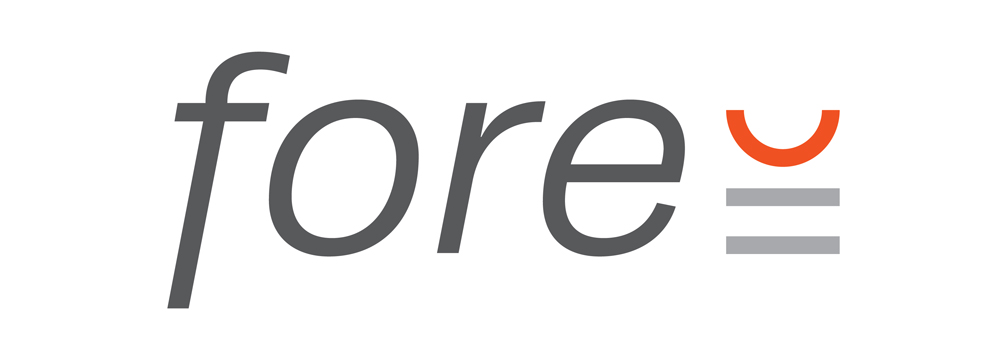You work hard to deliver meaningful results, not just services. But no matter how qualified or experienced you are, some buyers will treat you like you’re interchangeable—a “vendor” instead of a valued advisor and collaborator. That dynamic isn’t just frustrating; it can chip away at your confidence and your pricing power.
Spotting the signs early helps you decide whether to reset expectations… or redirect your energy to someone who sees your worth. Here are five common signs your customer sees you as a commodity:
- They ghost you.
You send the proposal, follow up a few times, maybe even raise concerns that go unanswered… then, silence. Sometimes they miss meetings or cancel at the last minute. Or they ask for “a quick quote,” don’t move forward, and later request another quote on something else—without circling back to the earlier ask.
While it’s certainly not professional, it usually isn’t malicious. But it does reflect that they haven’t fully registered the value you bring. When someone sees you as essential, they stay engaged.
- They don’t take your advice.
They seem to want your expertise and perspective, yet they disregard your guidance. This might not be about ego as much as it is about comfort zones. Some clients could merely be seeking validation of their own ideas—and some people aren’t used to being challenged by advisors. Either way, they may not realize they’re pushing away the very insight they’re paying for. High-trust relationships are marked by curiosity, collaboration, and a willingness to be challenged.
Over time, a pattern of ignoring your advice shows they may see your role as surface-level, not strategic.
- They don’t uphold their end of the deal.
They agreed to provide data, respond by certain dates, take various action, or involve decision-makers—but they drop the ball. When it happens occasionally, it’s life. When it’s chronic, it sends a message: “My part doesn’t matter as much as yours.”
Again, it’s often not deliberate, but it does reflect a power dynamic. Respect is mutual, and when they regularly skip their part of the agreement, it shows they don’t fully value your time, process, or contribution.
- They tell you how to do your work.
This one’s subtle—and often unintentional. Most of the time, it’s not coming from a place of arrogance, it’s merely a blind spot. Buyers frequently jump straight to “a” solution, skipping an essential diagnostic phase that ensures “the right” solution is being applied. It’s an easy trap, especially when they don’t know what they don’t know.
When this happens repeatedly, you’re no longer being treated like a strategic advisor. You’ve become an order taker.
- They challenge your pricing—or disrespect it.
Asking thoughtful questions about value is one thing. But disrespecting your pricing by asking for discounts, comparing it to lower bids, or suggesting it should be cheaper because it’s “just” compliance? That’s commoditization. It shows they see your work as interchangeable rather than distinctive and outcome-based. And they see your work as a cost, not an investment or value driver.
If you nailed positioning with a clear ROI stated for them, but they still treat your proposal like it’s negotiable, it’s more about power than money.
How to Shift the Dynamic
If some of these scenarios seem familiar, you’re not alone—and you’re not necessarily dealing with a bad buyer. People don’t always realize when they’re showing you they see you as interchangeable. They may simply not understand what it means to work with someone of your caliber.
When the signs are new or infrequent, there’s potential to shift the dynamic. You can pause and reestablish the nature of the engagement by reinforcing your role, asking thoughtful diagnostic questions, or clarifying expectations. Sometimes that reset is all it takes to break out of that dreaded “vendor box” and move from perceived commodity to highly valued partner.
Other times, it’s a signal to move on. Either way, recognizing the signs helps you stay centered in your value—and more intentional about where you invest your energy.
Interested in more resources?
- You might want to check out Peter Block’s book Flawless Consulting in which he discusses many techniques to create what he calls “balanced-power relationships” between client and consultant.
- If you want to learn how to elevate your “worth proposition” and change the seller/buyer dynamic, consider learning more about Advanced Pricing Methods® Essential Skills Workshops.


Recent Comments